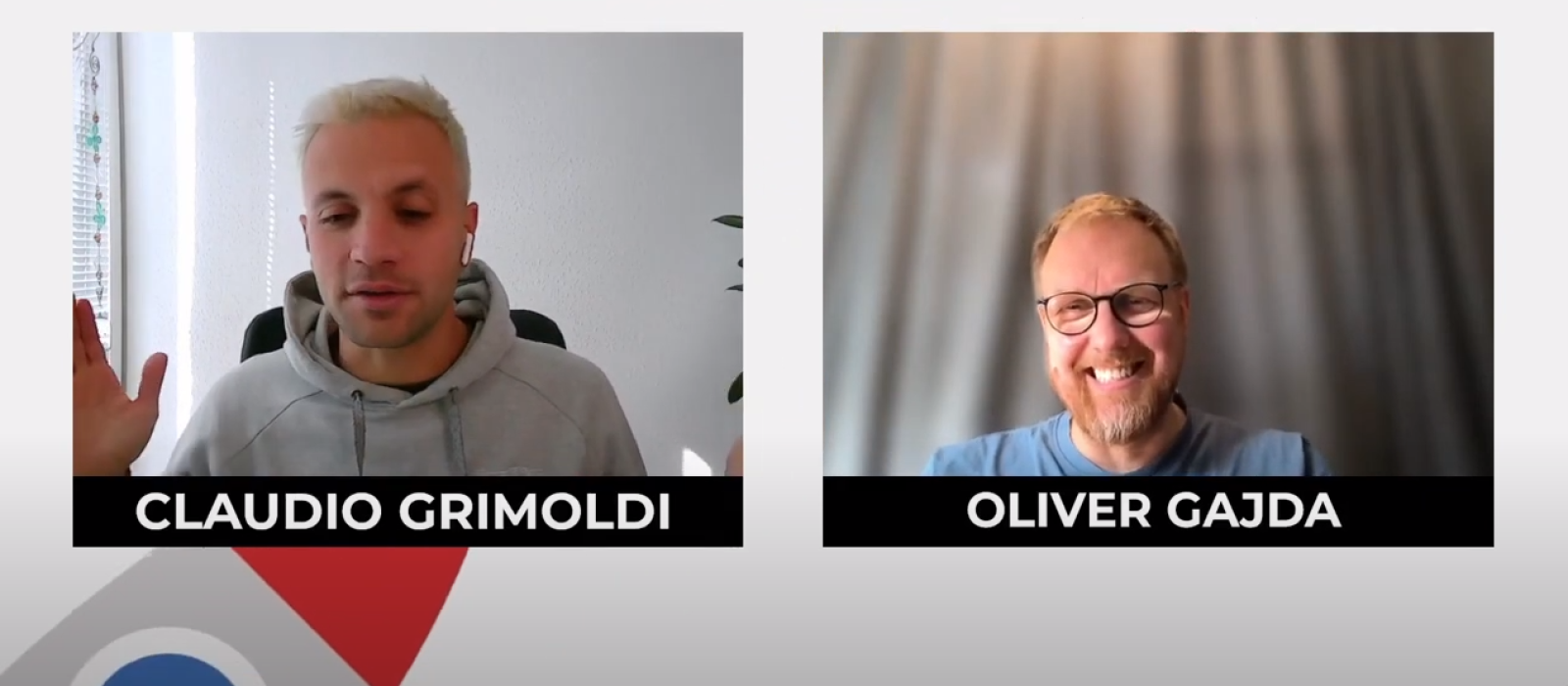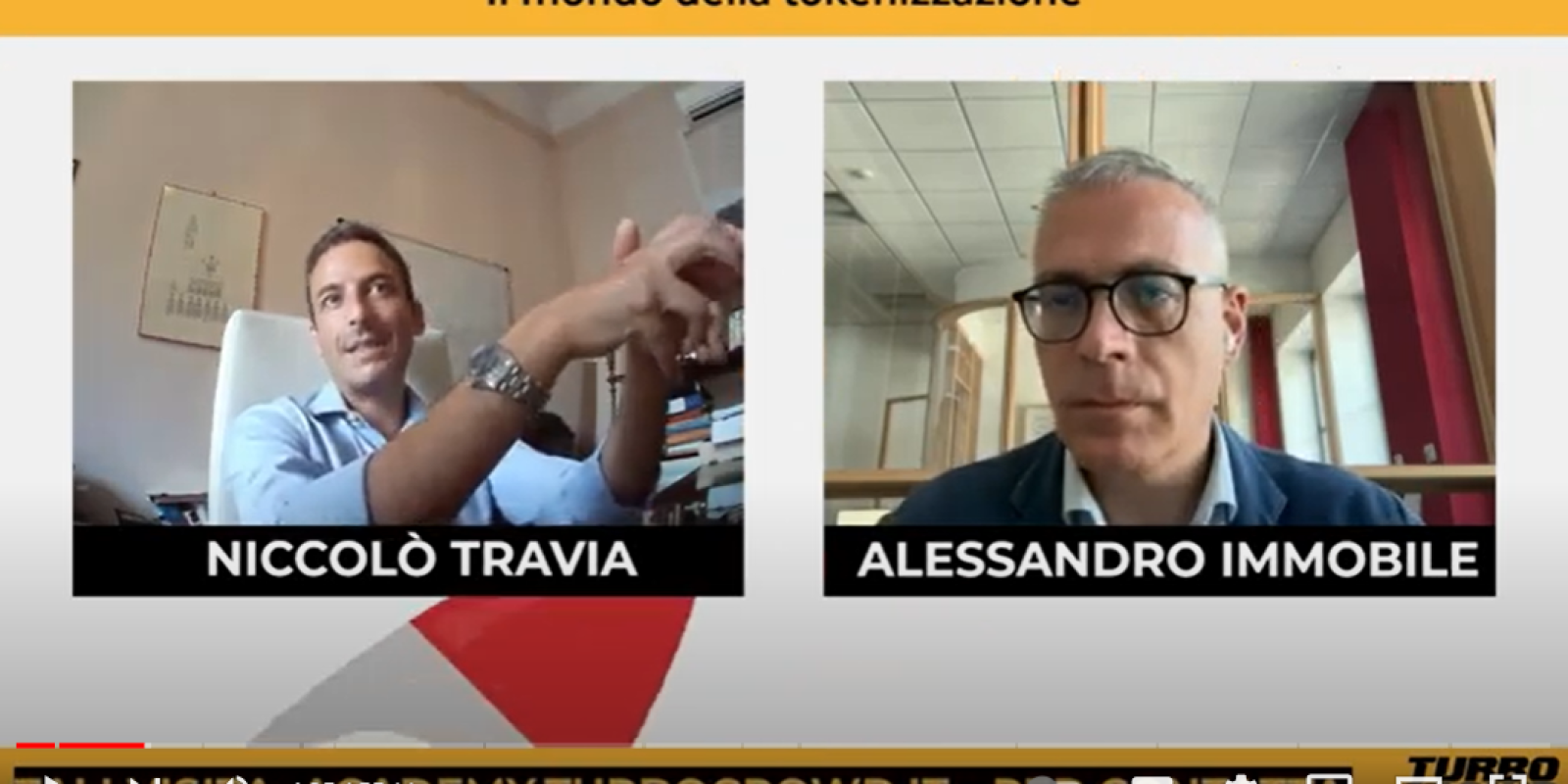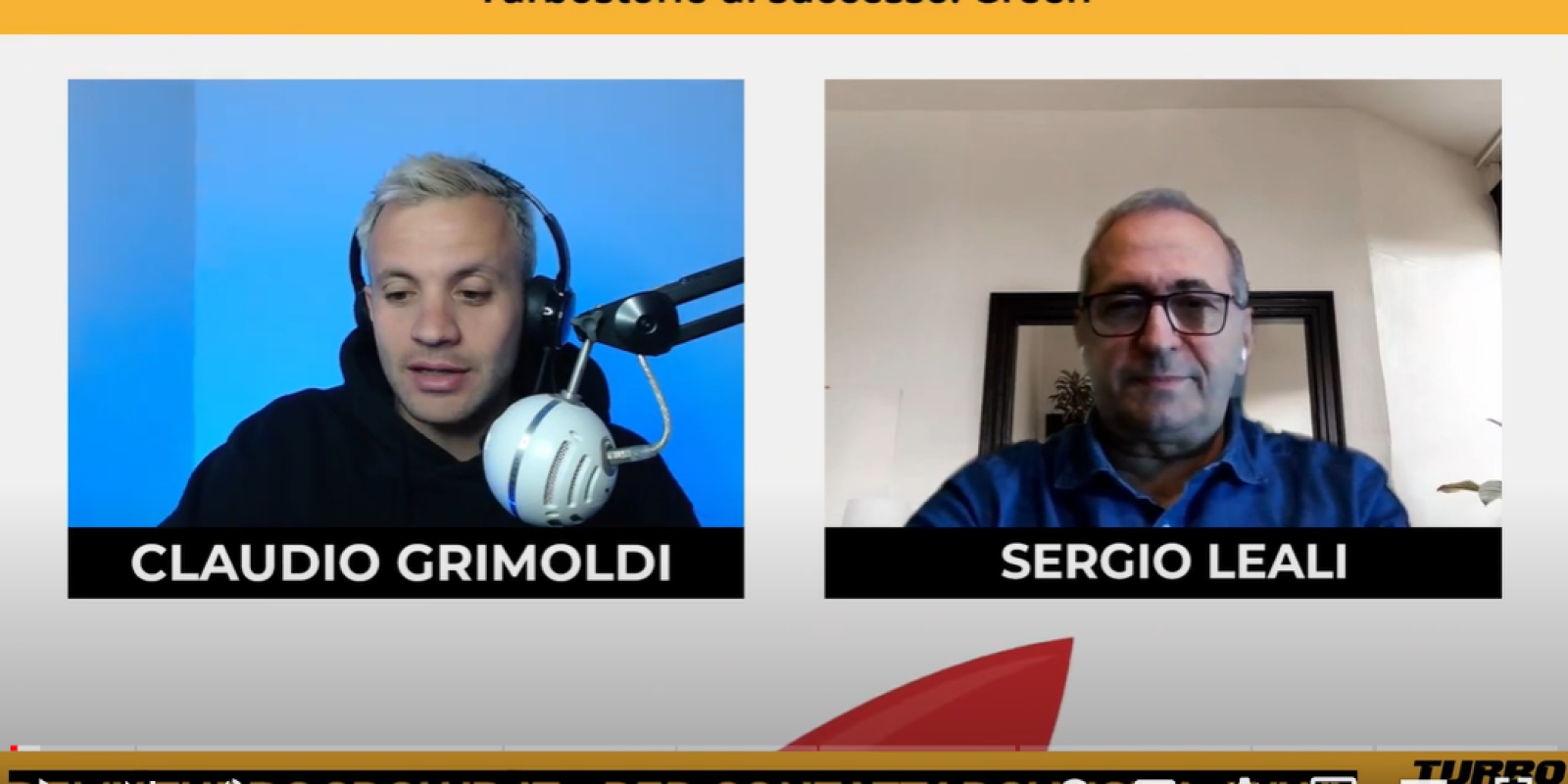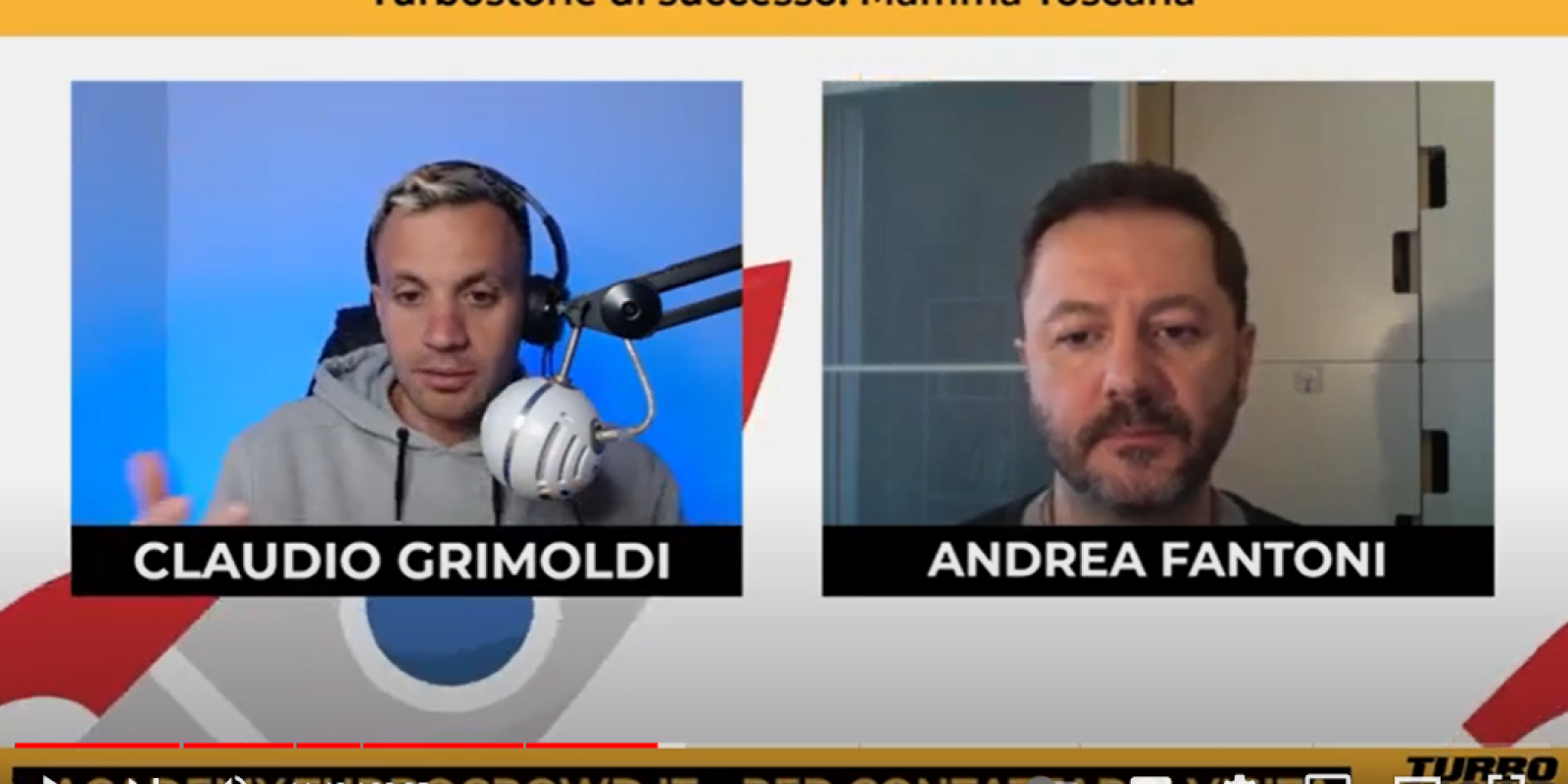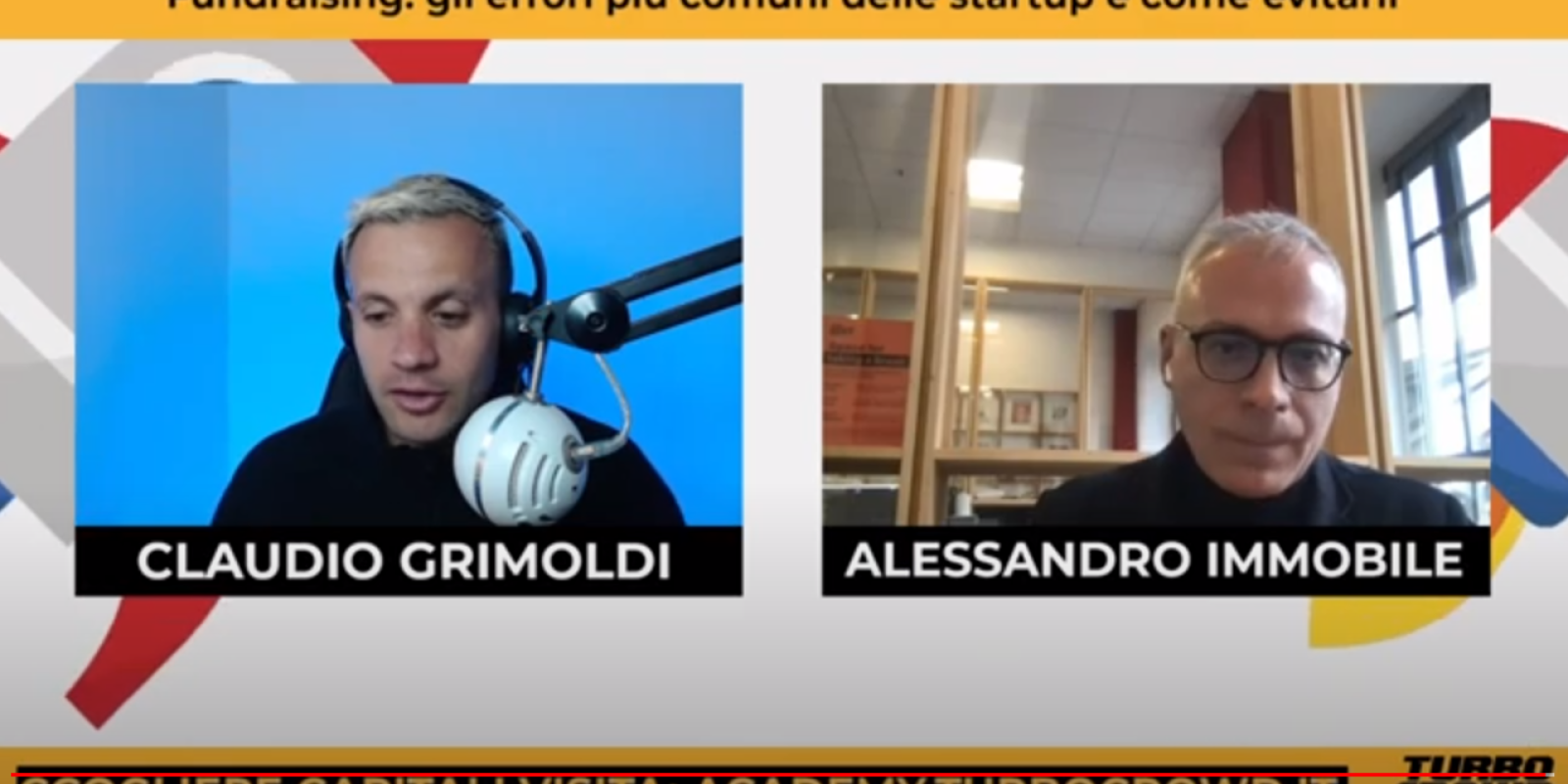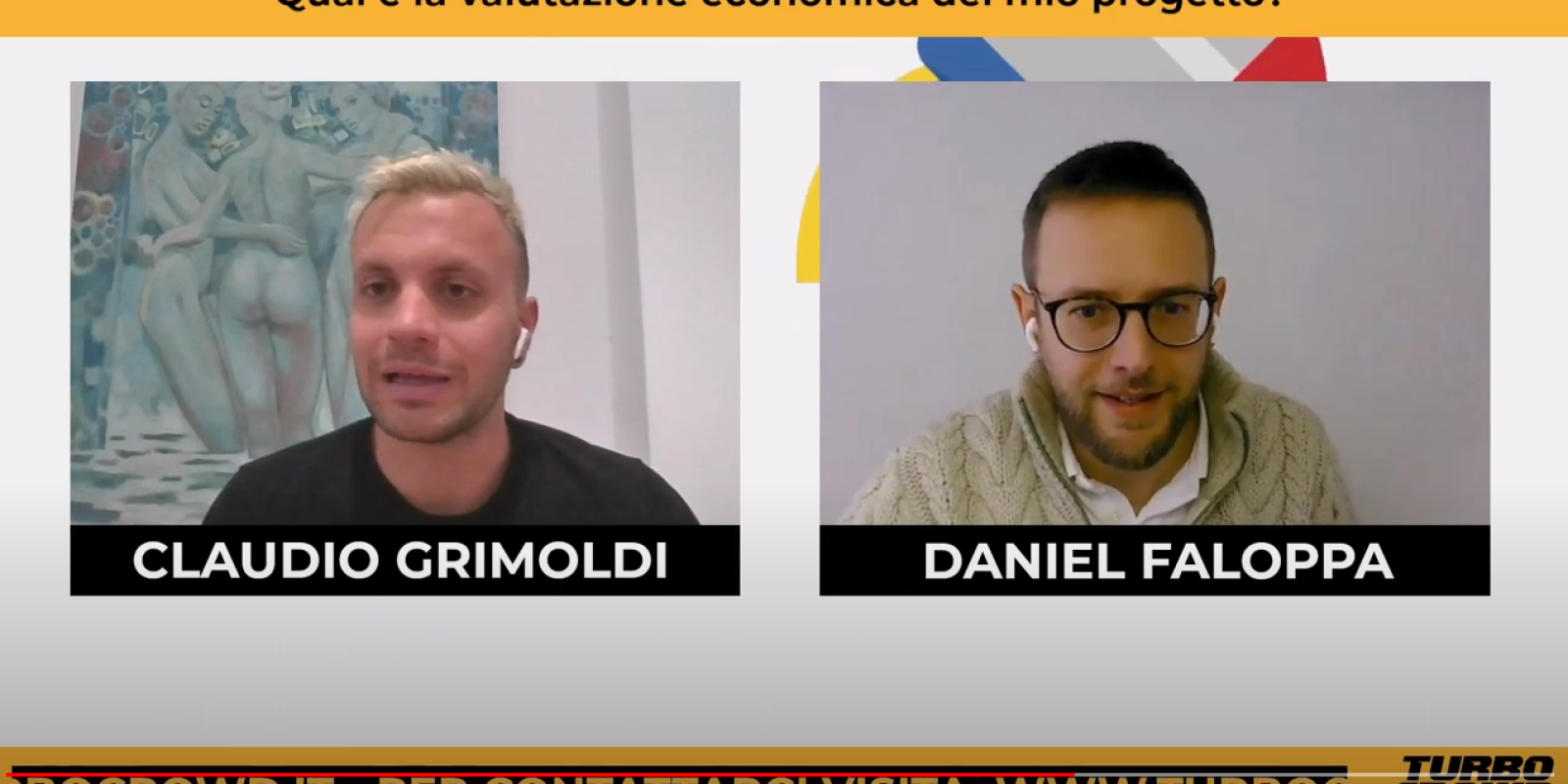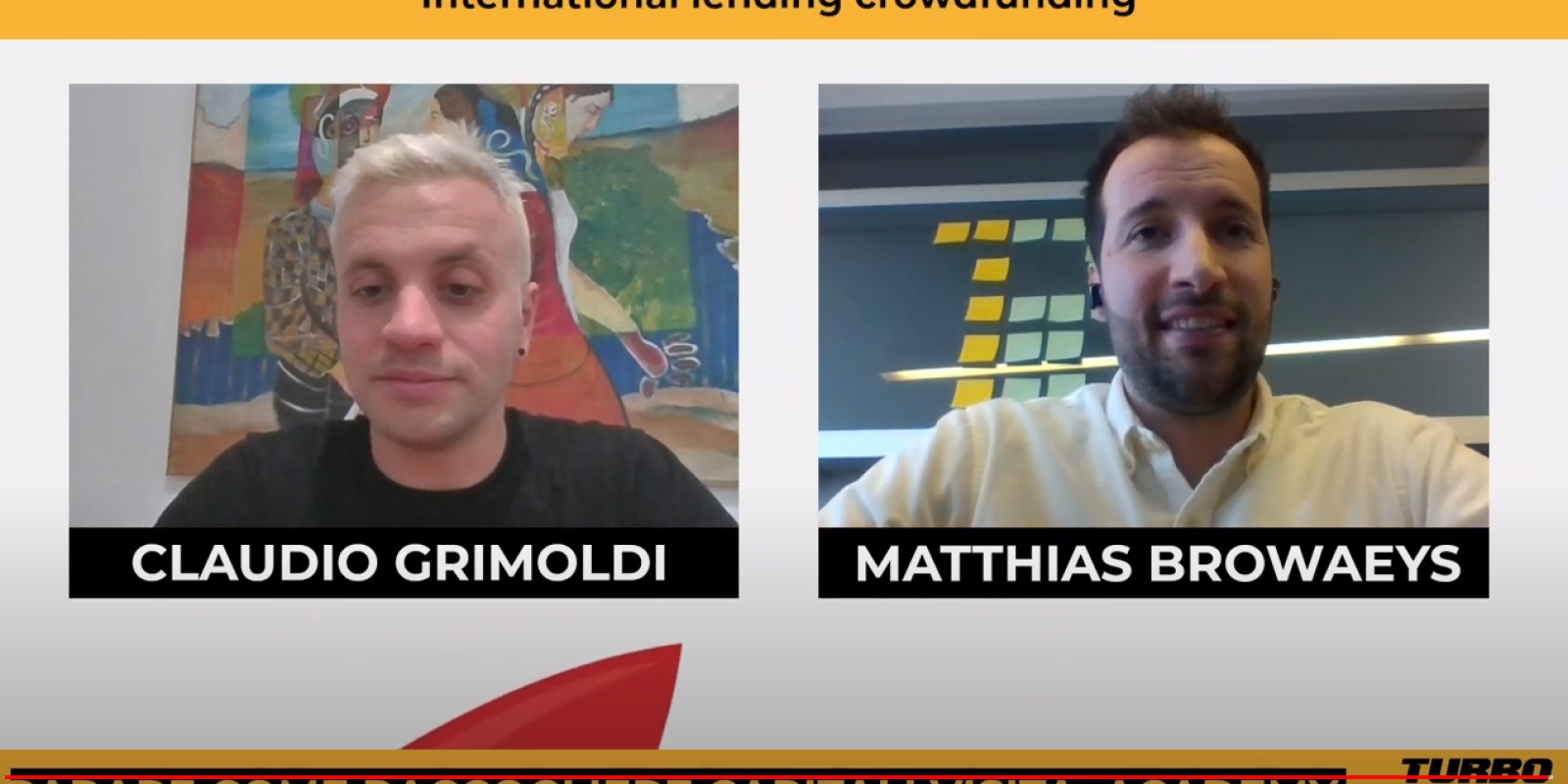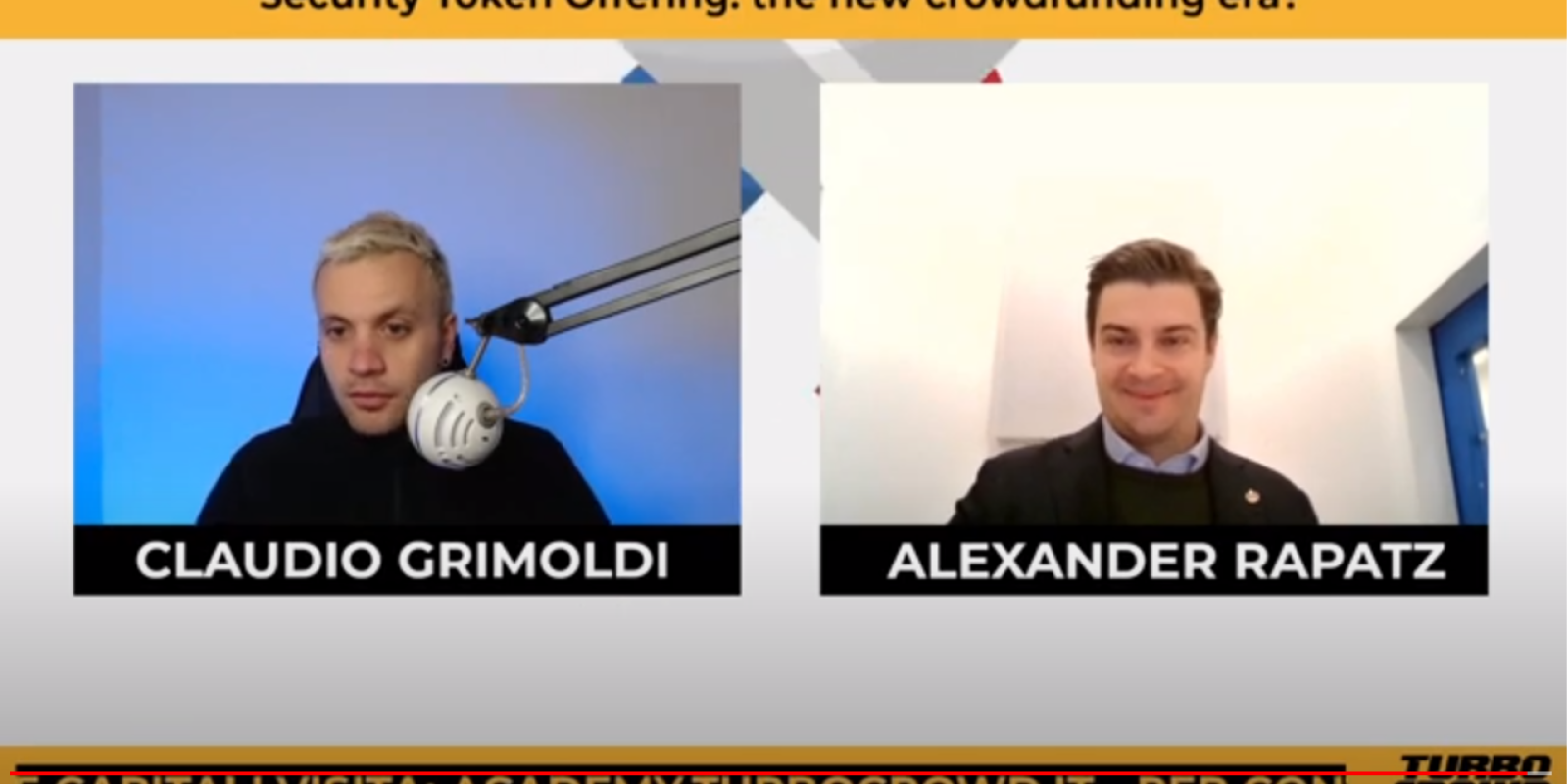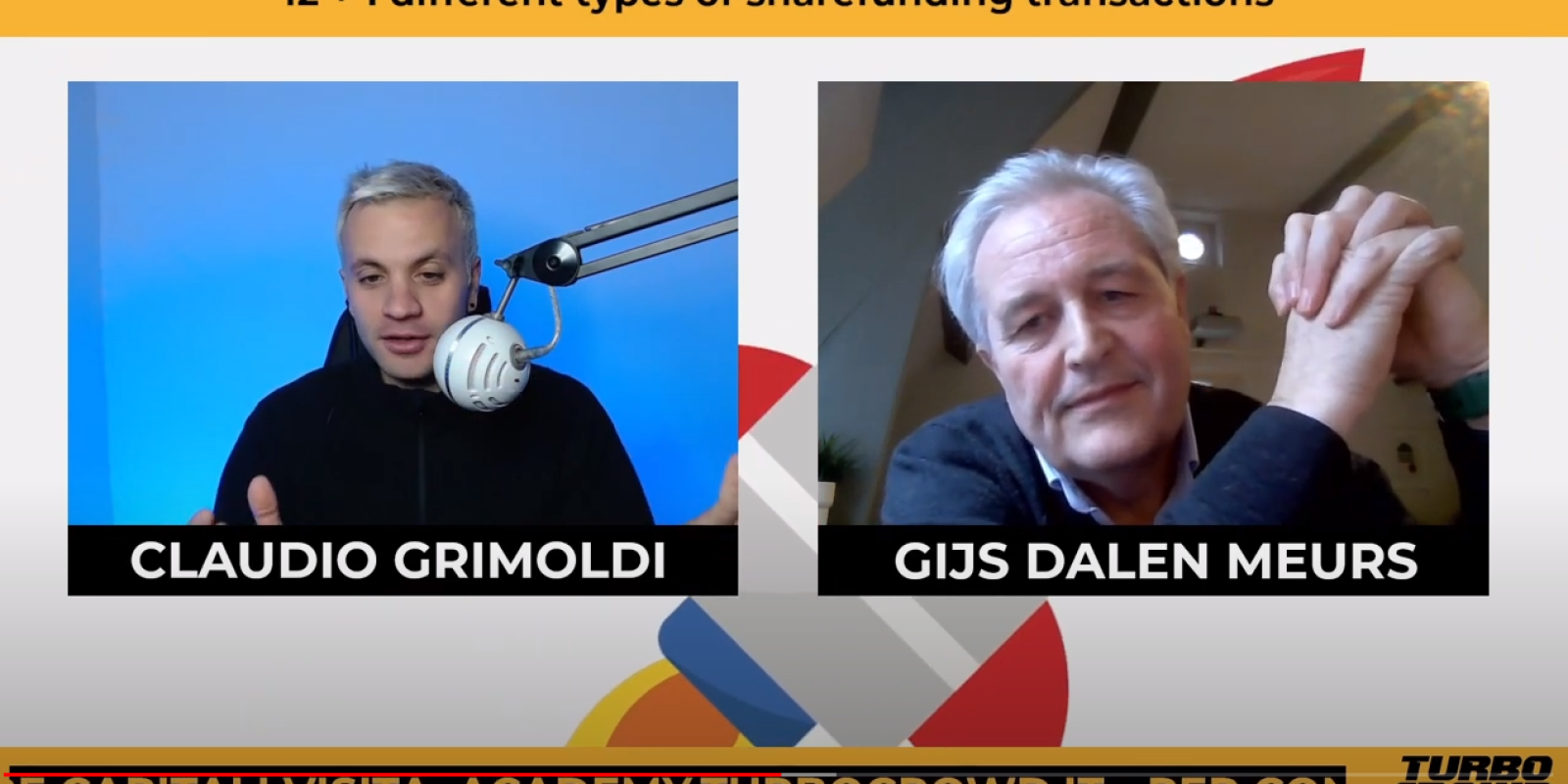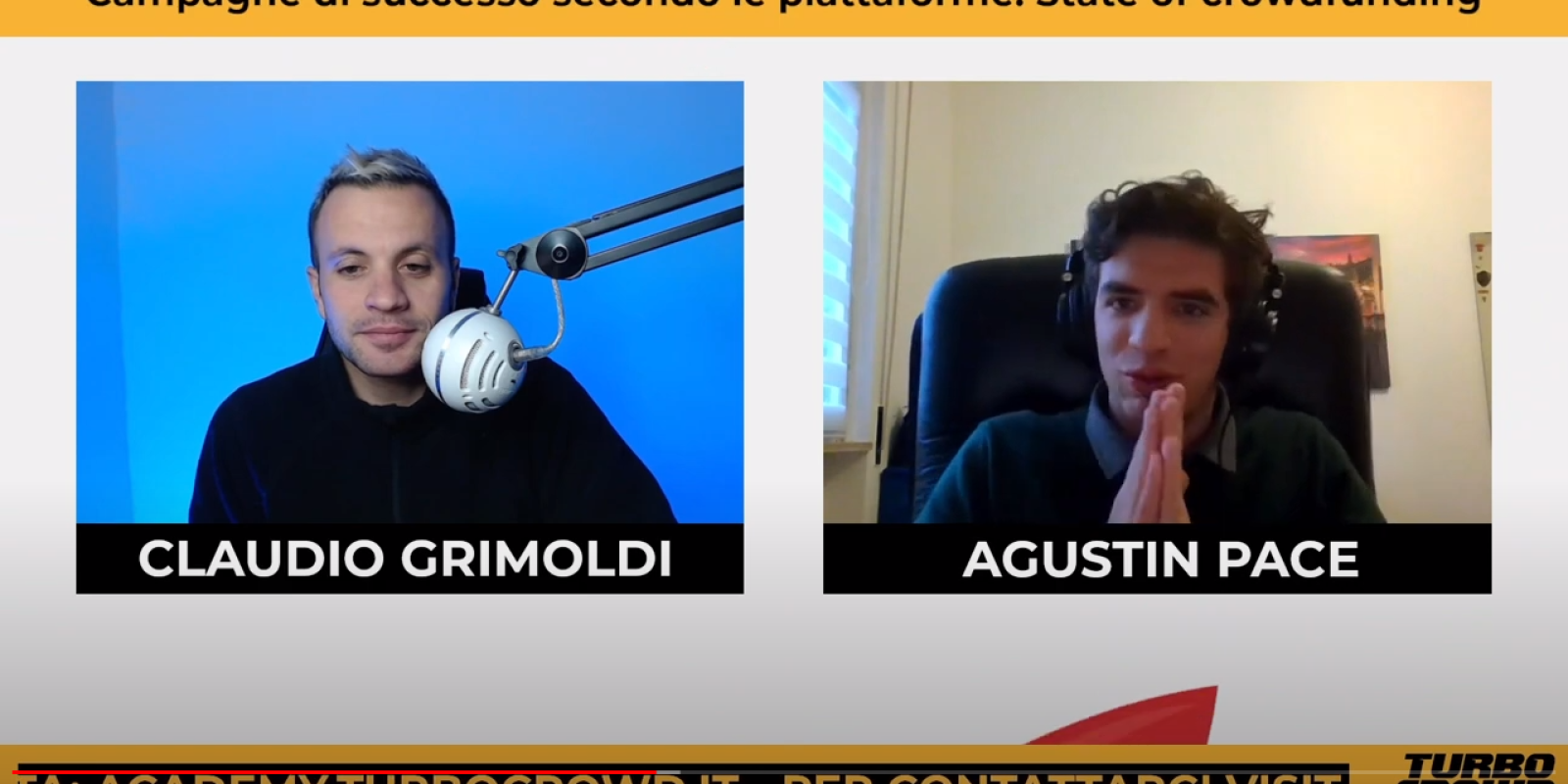The ECSP Regulation is changing the crowdfunding market and opening new opportunities for both platforms and entrepreneurs. Eurocrowd is an international network for professional crowdfunding platforms which engaged with policy makers who supervise industry and stakeholders, working to improve what crowdfunding is e to make it more and more professional.
They started in 2012 to outline the idea of a European crowdfunding market regulation to create a much better European framework and imagine what the future might be.
There is a European economy and all over Europe there’s a lack of access to finance, specifically for small businesses. There are about 20 million SMEs in Europe and no financing designed and formalized specifically for them, especially since the 2008 crisis. Bank debt is not always a viable route. Government incentives require too much bureaucracy, long lead times, precise procedures, and it is not easy for them to meet the needs of businesses. Business angels are figures not well defined by law, they can help companies a lot and bring added value, but they do not always meet the needs of companies and are very time consuming. Finally, venture capitalists invest in a few companies, very specific, have defined targets, so they are not enough for everyone. For most small companies, there is no way to raise funding.
With crowdfunding you can target the public, the customers, so it’s like going to the stock market but without the associated costs. The advantage is that you have a large audience, and if it’s from all over Europe it’s even larger. No other financial instrument is so cross-borders, without complications of permits and taxation. Plus it is a hook to start expanding business beyond national borders and find stakeholders abroad.
It is a way for platforms to expand the market and free themselves from national regulations that do not work. The European regulation is an opportunity to scale the business and reach more companies and more investors, which is very important for a small-margin business that requires doing more transactions to grow.
The European regulation sets 5 million a year as the collection limit, which is a lower threshold than was previously in place in some European countries. But it is actually a much higher threshold than those imposed in Europe for other ways of raising capital, for which beyond 1 million it becomes necessary to follow procedures and produce very expensive documents, eroding as much as 20 percent of the raising itself. What is more, the limit is annual: with a venture capital such an amount you do not get it in 1 year but in many years. Moreover, 5 million is a very high figure for small and even medium-sized businesses. With crowdfunding, there is no complex legal cost. It will also be possible with some strategies to raise more than 5 million per year in different countries, as long as you meet the threshold in each country.
Another advantage is that since the rules are the same everywhere, it is possible to compare platforms with each other to choose the one that is most convenient as deal terms. It creates competition among platforms and thus lowers the cost of capital for companies, because platforms will tend to lower fees to remain competitive.
Again, it is advantageous to have a wider audience of potential investors. Money can come from more places, you can find interest in your business more elsewhere than in your own country. Investors perhaps are interested in businesses or technologies that are not found in their own country (e.g., solar energy) and for which there is a small market in the developing country.
There are now fewer crowdfunding platforms after the regulation came into effect, but overall more choices are being accessed and a kind of natural selection has taken place: the best, most professional and most robust ones that have been able to adapt have remained.
More opportunities to revamp the European capital market will open up in the future. Europe is working on regulations on crypto assets, leaving out (for now) security tokens, but making it possible to tokenize assets. This can be integrated within crowdfunding campaigns. In addition, systems are being explored to integrate institutional investment with crowdfunding, creating co-investment options to bring in more, broader capital to companies. Finally, the secondary market for bulletin boards will expand. The growth of the market will offer more and more opportunities at lower prices to companies.
WEBINAR’S TOPICS
0:00 Introduction
3:42 Why do we need a common european regulation?
9:10 Opportunities to make business international
11:37 The benefits for platforms
13:50 How the ECSP Regulation affect the capital raising
25:00 The impact on the platform ecosystem
27:02 New crowdfunding opportunities
SPEAKERS
Claudio Grimoldi, Turbo Crowd Founder
Oliver Gajda, Eurocrowd Executive Director

